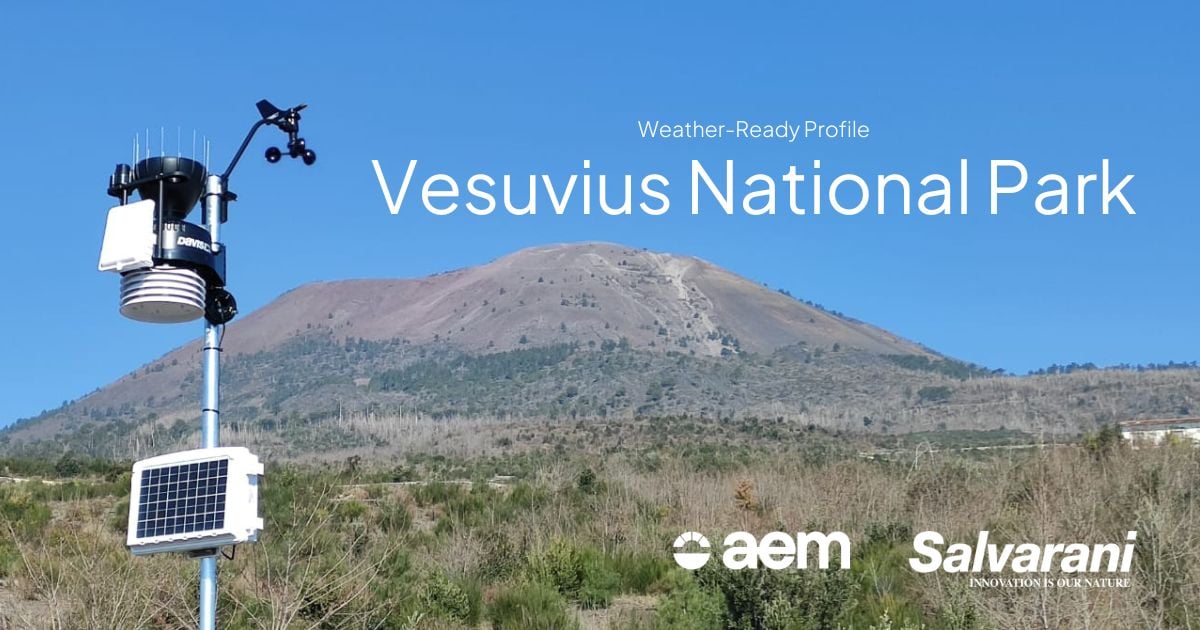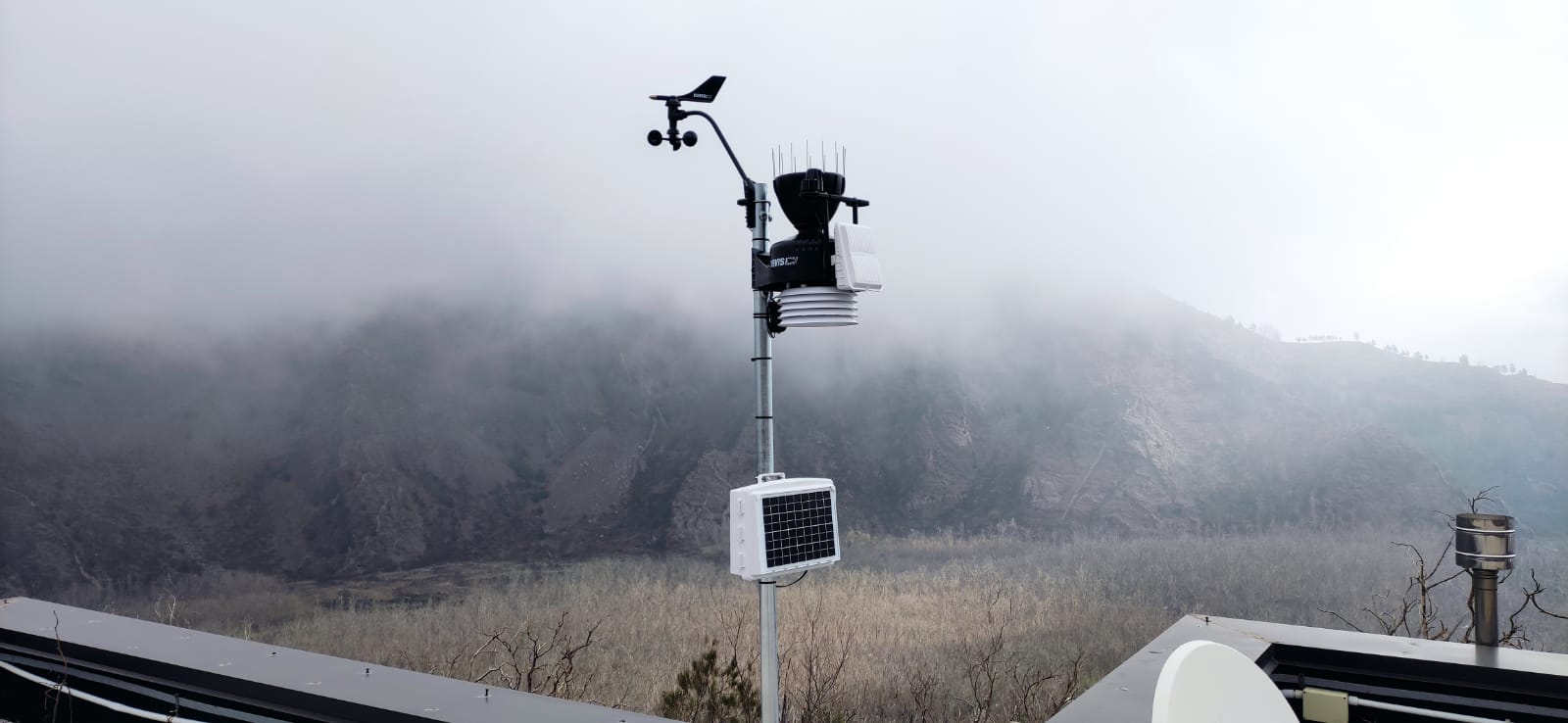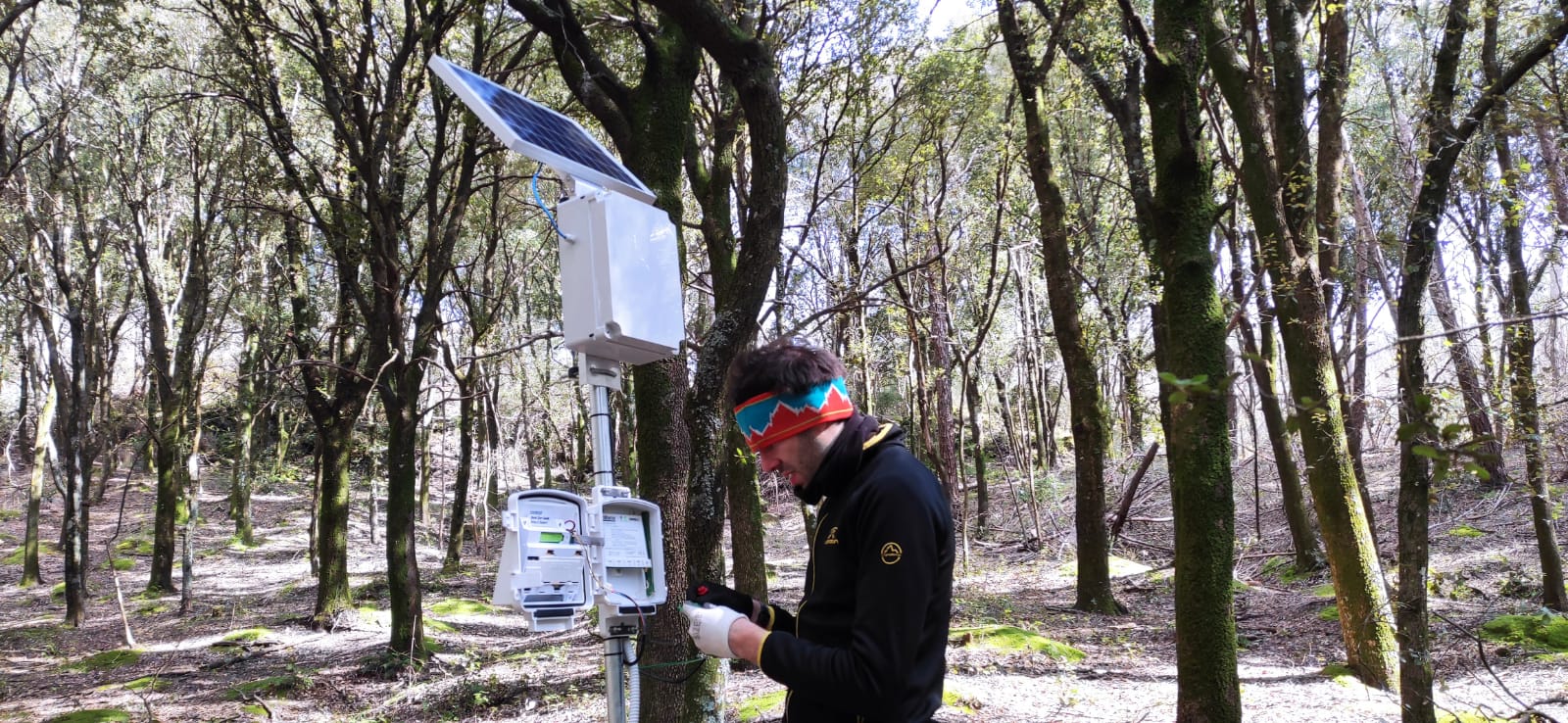
Mount Vesuvius in the Campania region of Italy is considered the cradle of vulcanology. In 79 AD, Pliny the Younger observed the volcano erupt from across the bay in Naples (about 20 miles away), an event he reported lasted more than 18 hours.
Fire, ash, and toxic gases consumed the surrounding area, killing approximately 2,000 people in the nearby resort city of Pompeii and 1,500 in the town of Herculaneum, while also swallowing up other settlements like Stabiae and Torre Annunziata. Scientists today estimate Pompeii was completely engulfed by the eruption within 15 minutes.
Moving forward, we'll explore...
- Why Mt. Vesuvius is such an important place, even today
- The growing threat of wildfires within Vesuvius National Park
- The work the C.U.G.RI. team from the University of Salerno is doing to improve wildfire readiness and resilience around Vesuvius
Why Mt. Vesuvius matters 2,000 years later
When Pliny the Younger recounted his story to the Roman historian Tacitus in a letter 25 years later, he informally kicked off the study of volcanoes, which is called vulcanology. "Vulcan" is the Roman name for the blacksmith god Hephaestus, whose forge was a volcano in mythology. Roman beliefs held that Vulcan's work was the reason for volcanic activity in the Mediterranean, but Pliny the Younger was onto some fundamentals of volcano science that still hold true today.
Pliny knew that there had been a major earthquake in 62 AD and a series of small earthquakes in the area in the years preceding Vesuvius' eruption. He correctly speculated that the same natural force was behind both disasters, even though they were very different experiences. He didn't understand plate tectonics, but he recognized the eruption as a culmination of recent seismic activity.
The ruins of Pompeii, Herculaneum, and the other area communities were lost to history for centuries beneath a layer of volcanic ash, but since the early 1700s, the area has been under near-constant academic study by a variety of researchers. Some of those scientists are vulcanologists, seeking to learn from the area's soil, ash, and ongoing seismic activity. Others are historians and archaeologists, trying to interpret the eerie snapshot of first century Roman life that Vesuvius' eruption created.
In 1997, the area simultaneously destroyed and preserved by the 79 AD eruption was declared a UNESCO World Heritage site, protecting the area for future generations of researchers.
The modern threat to Mt. Vesuvius: wildfires
Almost 2,000 years after its famous eruption, Mt. Vesuvius and the surrounding area are under threat from a different kind of incendiary force: wildfires. Over 608,000 hectares of land burned in Italian wildfires between 2012 and 2022, with over 150,000 hectares ravaged by fire in 2021 alone.
A wildfire in the area of Vesuvius National Park would be especially catastrophic, as the disaster could potentially destroy key sites for cultural and scientific study, such as the ruins of Pompeii and Herculaneum. At the same time, the area around the dormant volcano contains both wild grasslands and agricultural fields, both of which are highly susceptible to fire.
In fact, the destruction a potential wildfire could do to the area round Mt. Vesuvius could be so damaging to Campania culturally and economically that it became one of the key scenarios that the Universities of Naples' and Salerno's C.U.G.RI. (Interuniversity Center for Prediction & Prevention of Major Hazards) team began studying and preparing for.
Profiling wildfire risk at Vesuvius National Park
Since Vesuvius National Park covers an area of more than 135 square kilometers, wildfire risk varies from place to place within the park. To gain a better understanding of hyperlocal conditions across the area and understand where the areas of greatest risk were, the C.U.G.RI. team needed to carry out a study of weather and soil conditions across the park.
To achieve those goals in a powerful but cost-effective way, C.U.G.RI. partnered with Salvarani srl, an AEM partner based in the heart of Emilia-Romagna. Salvarani provided the C.U.G.RI. team with five Davis Instruments Vantage Pro2 weather stations and EnviroMonitor gateways. That equipment creates the backbone of a continuous remote weather monitoring network that the team can use to conduct hyperlocal studies of wind, temperature, humidity, and beyond.

To better profile each microregion within the park, the C.U.G.RI. team also obtained five Davis Instruments sensor nodes equipped with soil temperature and moisture sensors. That equipment helps the team analyze soil conditions throughout the park to understand where the ground was dryer and therefore more fire-prone.

Protecting our history, culture, and communities from wildfire
The C.U.G.RI. team's work at Vesuvius National Park is just one of hundreds - if not thousands - of efforts going on across the world right now to protect our global cultural heritage from increasing severe weather threats. To learn more about their work in the area surrounding Mt. Vesuvius, download the full case study now.
At AEM, our purpose is to empower communities and organizations to survive and thrive in the face of escalating environmental risks. Our hats are off to the C.U.G.RI. team for their crucial work and Salvarani srl for enabling them with the technologies they need to protect Mt. Vesuvius and all it still has to teach us.
If you're interested in learning more about our vision for wildfire readiness, click here.
